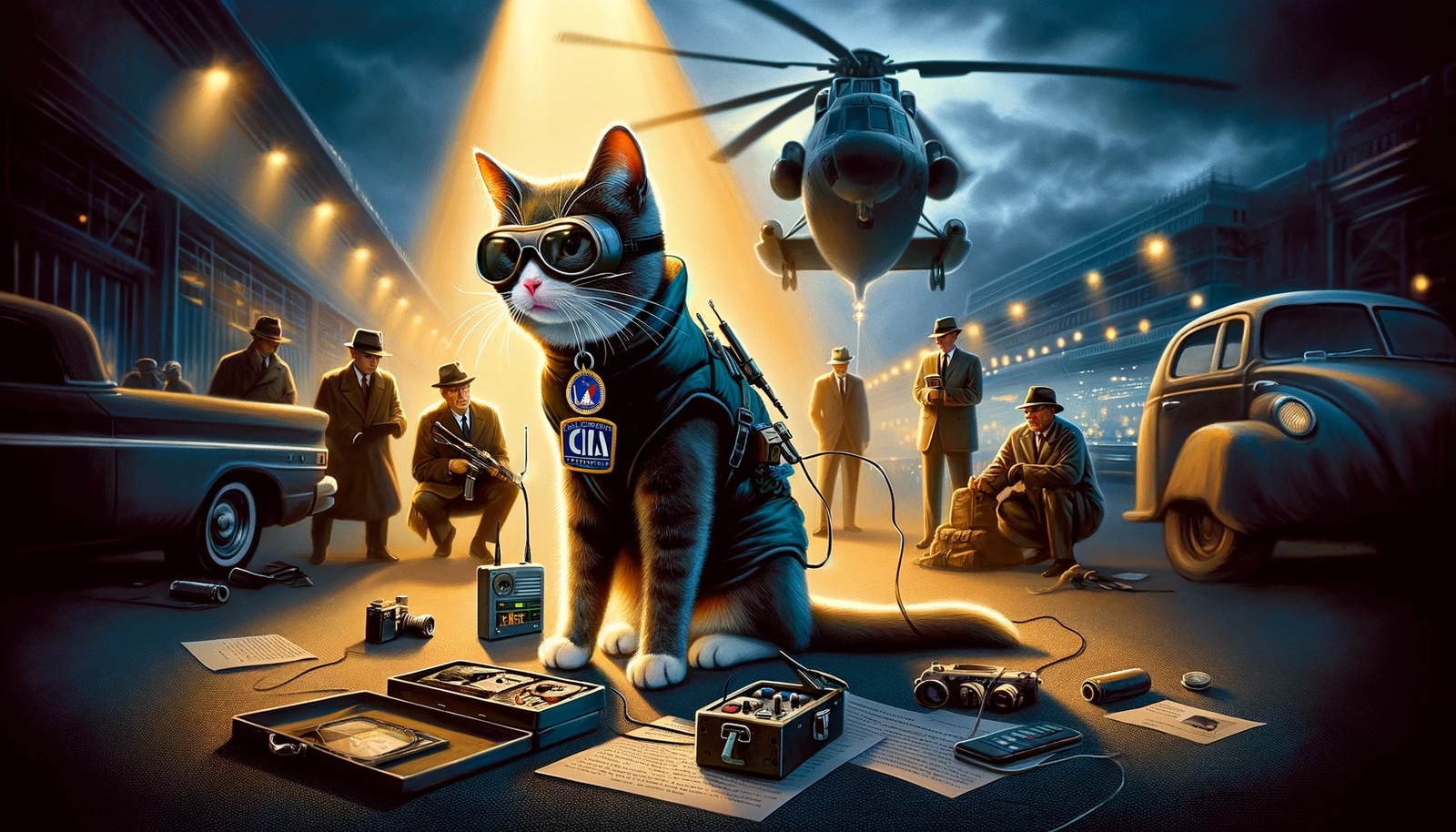A Prelude to Mystery
In 1518, Strasbourg, a city vibrant with Renaissance life, witnessed an extraordinary and chilling spectacle: a Dancing Plague. This perplexing event, where citizens were inexplicably compelled to dance relentlessly, has remained one of history’s most enigmatic episodes. Set against the backdrop of an era marked by superstition and the dawn of scientific inquiry, this narrative delves into a past where hundreds danced to the brink of death, leaving a legacy of intrigue and mystery.
The First Steps: Unraveling the Outbreak
The summer of 1518 brought with it an unusual phenomenon when Frau Troffea began to dance fervently in the streets of Strasbourg. Without music or apparent reason, her singular, unchoreographed movements captivated and horrified the onlookers. This odd display rapidly escalated as dozens were inexplicably drawn into this involuntary dance. The city watched in bewilderment and fear as the phenomenon grew, with people joining in a dance they could not stop.
The situation soon spiraled into a mass hysteria. By the end of July, about 400 people were caught in the grip of this dancing frenzy, moving day and night through heat and rain. The citizens danced in agony and ecstasy, with many showing signs of extreme distress and exhaustion. The bizarre sight of these dancers posed unnerving questions about the nature of this affliction and the depths of the human psyche.
Rhythms of Madness: The Spread of the Dance
As the dancing contagion spread, the societal and psychological dynamics of this phenomenon became increasingly complex. Theories abounded, from divine judgment to demonic possession, as the city struggled to make sense of the chaos. Meanwhile, the dancers, driven by an insatiable urge, continued their relentless movement, their numbers swelling as the days passed.
The physical and emotional toll on the dancers was profound. Many collapsed from exhaustion, some succumbing to death. The city, gripped by a mix of fear and disbelief, watched as neighbors and family members were consumed by the dance. The event was not just a spectacle but a tragedy unfolding in real-time, showcasing the vulnerability of the human spirit in the face of the inexplicable.
Desperate Measures: Society’s Response
In an attempt to combat the crisis, the authorities and medical practitioners of Strasbourg resorted to unconventional methods. Believing the dance to be caused by overheated blood, they prescribed more dancing to cure the afflicted. Dance halls and marketplaces were transformed into stages for this therapeutic performance, with musicians playing day and night.
This approach, rooted in contemporary medical beliefs and cultural practices, was a desperate bid to contain the situation. However, far from providing relief, it seemed to fuel the frenzy further. The decision to encourage dancing, made with the best intentions, perhaps deepened the plight of those caught in this involuntary dance.
The Dance of Death: Consequences and Casualties
The continuous, exhaustive dancing led to numerous casualties. The afflicted dancers, deprived of rest and sustenance, faced severe physical repercussions. Reports of deaths began to emerge, casting a dark shadow over the city. This tragic toll highlighted the dangerous intersection of belief, fear, and the unknown.
As summer turned to autumn, the dancing gradually subsided. The final dancers, exhausted and bewildered, were taken to a shrine to pray for relief. The plague, as mysteriously as it had begun, came to an end. Strasbourg returned to normalcy, but the memory of the Dancing Plague lingered, a testament to the bizarre and unexplained chapters in human history.
The Last Waltz – Reflecting on the Mystery
The Dancing Plague of 1518 remains a curious footnote in history, an incident that continues to fascinate and perplex. It stands as a stark reminder of the times when fear and superstition reigned, and the resilience of the human spirit in the face of bewildering events. The mystery of why it began, why it ended, and what truly caused it remains unsolved, leaving the Dancing Plague of Strasbourg as one of history’s intriguing enigmas.





